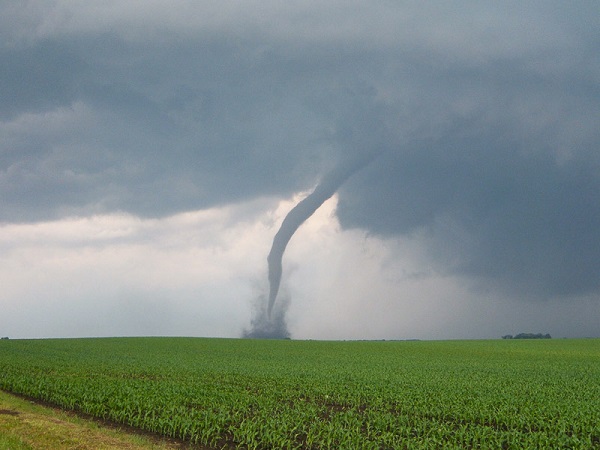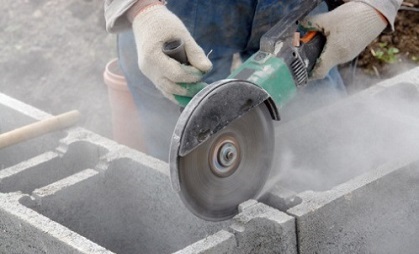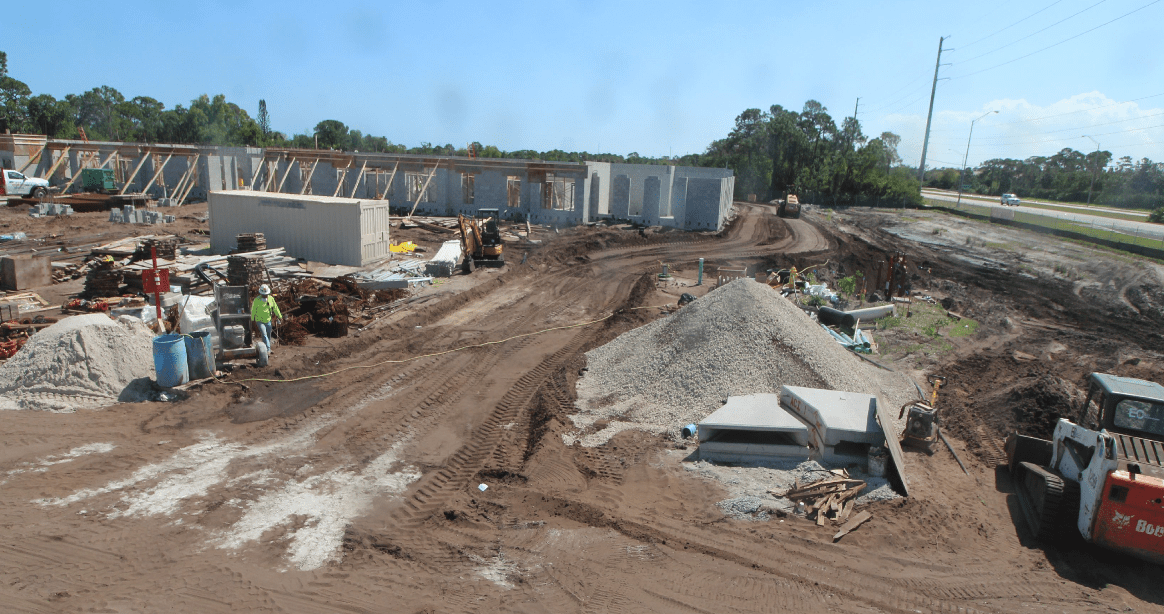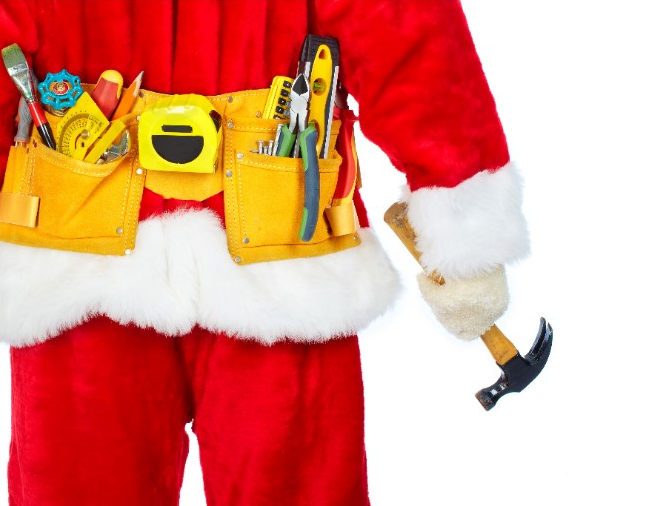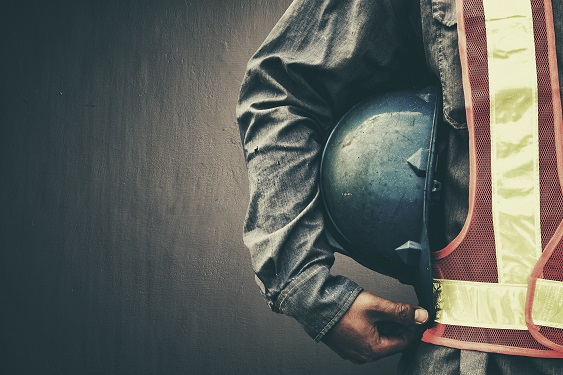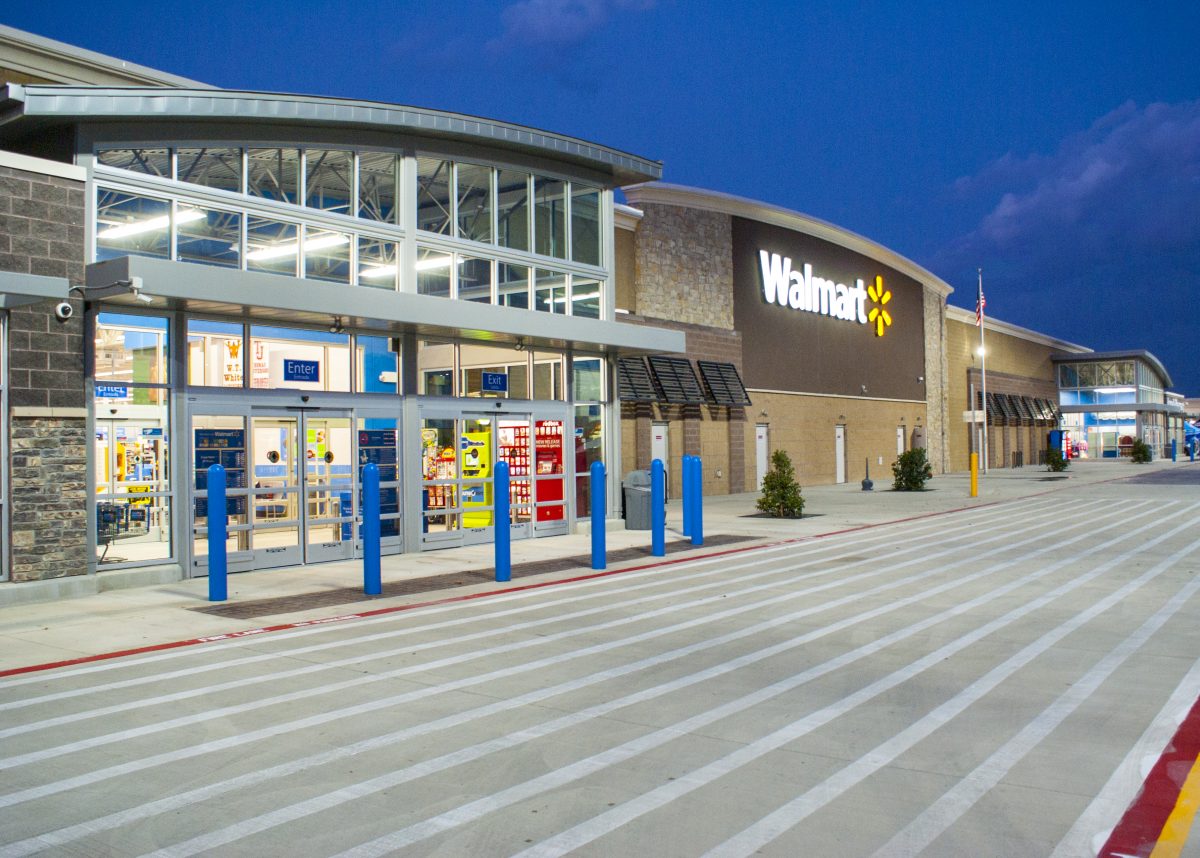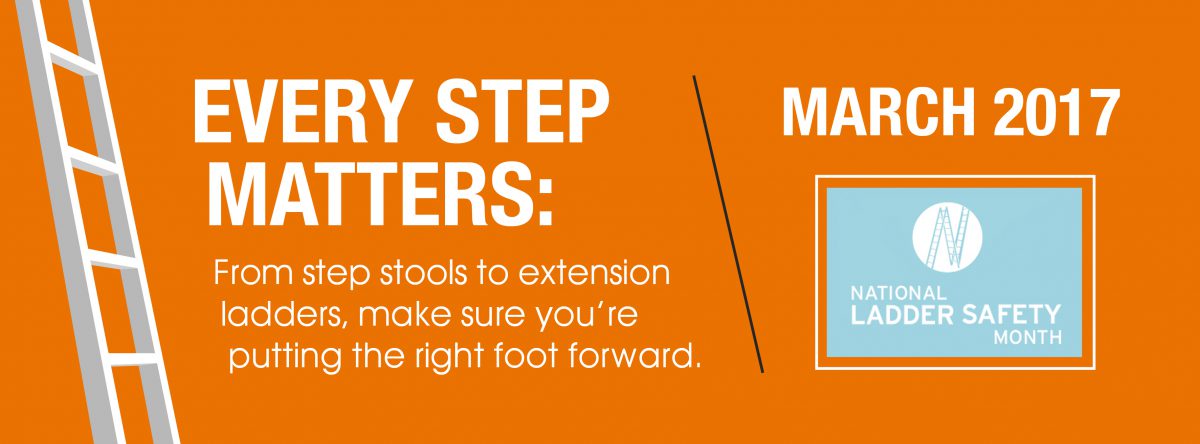The construction industry is one of the most dangerous in the world. Construction workers are exposed to chemicals, electricity, heavy equipment and machinery, heights, and extreme heat on a regular basis. As a result, 20% of occupational fatalities and injuries are construction-related, according to the Occupational Safety and Health Administration (OSHA).
The construction industry is one of the most dangerous in the world. Construction workers are exposed to chemicals, electricity, heavy equipment and machinery, heights, and extreme heat on a regular basis. As a result, 20% of occupational fatalities and injuries are construction-related, according to the Occupational Safety and Health Administration (OSHA).
Because of the exposure to these drastic conditions, the likelihood of injury or death on a job site increases dramatically when workers are alone, either by themselves on a job site or out of the sight of other employees.
Here are three quick tips to help protect your company’s lone workers.
1. Establish safety policies.
Whether in a warehouse, sewer system, factory or construction site, supervisors should walk the job site to evaluate and identify potential risks and hazards. They can then customize safety policies for that site to accompany current company policies.
For example, a policy could be implemented in which workers are not allowed to work onsite alone or out of the sight of other workers. On other sites, some activities could be allowed when working alone, while certain tasks, such as dealing with exposed wires, must be completed when others are present.
2. Keep lines of communication open.
Communication between supervisors and lone workers is essential. A lone worker must always inform his/her supervisor when he/she will be onsite and what task will be performed. The supervisor should then check in frequently until the worker has finished and safely leaves the job site.
Supervisors should also train workers how to respond in emergencies—to first call 911 and then inform the supervisor about what has happened. This knowledge can be the difference between a minor incident and a severe injury or fatality.
3. Know the location of workers at all times.
With today’s technology, managers can keep an eye on workers, even if they are alone on the job site. Warehouses and factories may have security cameras to protect against burglars or trespassers, which can also be used to watch lone workers.
In addition, most phones are GPS-enabled and provide an additional way for supervisors to know exactly where their workers are. Companies can also issue GPS tracking devices or lone worker alarm devices, such as the one described in this video, which can track location in real time and show workers that their safety is valued by their organization.
However, it’s important that cellular devices be vetted to ensure that reliable coverage is available in all locations. In cases where workers are traveling remotely, back-up satellite modems can be used to alert management when workers are at risk. Lastly, make sure your team is trained with a fail-proof plan when technology is unavailable.
Working alone may be part of the job, but it should not compromise safety. Implementing safety policies, communicating with workers, and knowing where they are at all times can provide extra layers of protection and lower risks for the team.

